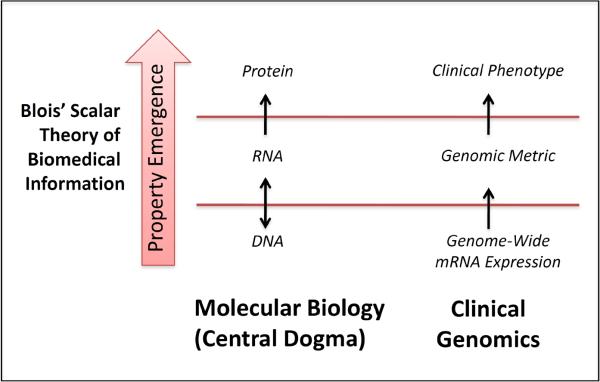Figure 1. Scalar information flow in molecular biology and present day genomics.
The central dogma of molecular biology was explicitly coined by Crick as an information model and is encompassed by a Blois' broader subsequent theory of biomedical information. These scalar theories remain salient to genome-based therapy as they appropriately frame the information intermediaries between molecular mechanisms and clinical-level phenotypes. Above, the flow of information from lower scales to higher ones is shown for the central dogma and for gene expression data. Conventional gene expression signature classifiers predictive of therapeutic utility correspond to an intermediate emergent property, measured by a genomic metric, consisting of a selected number of genes. In contrast, Butte proposes that a drug is a potential candidate for a disease treatment when their respective global genomic metrics are in opposition.

